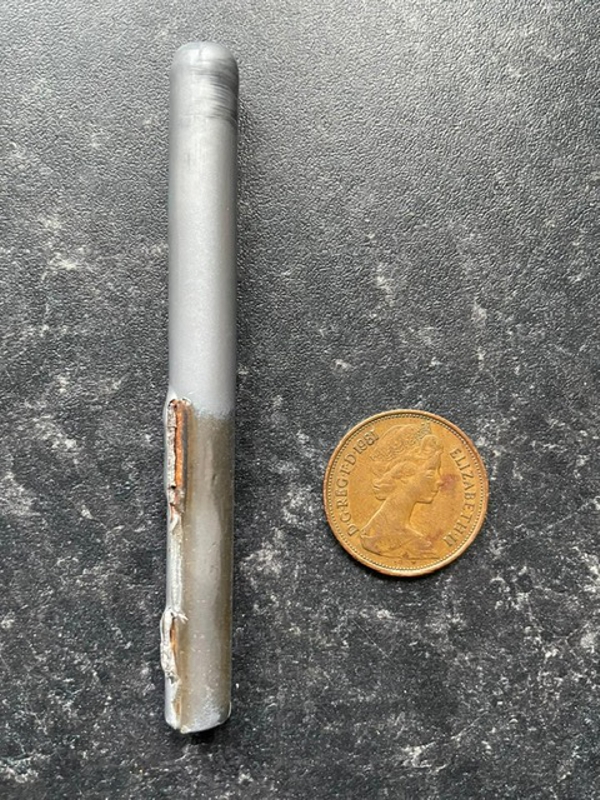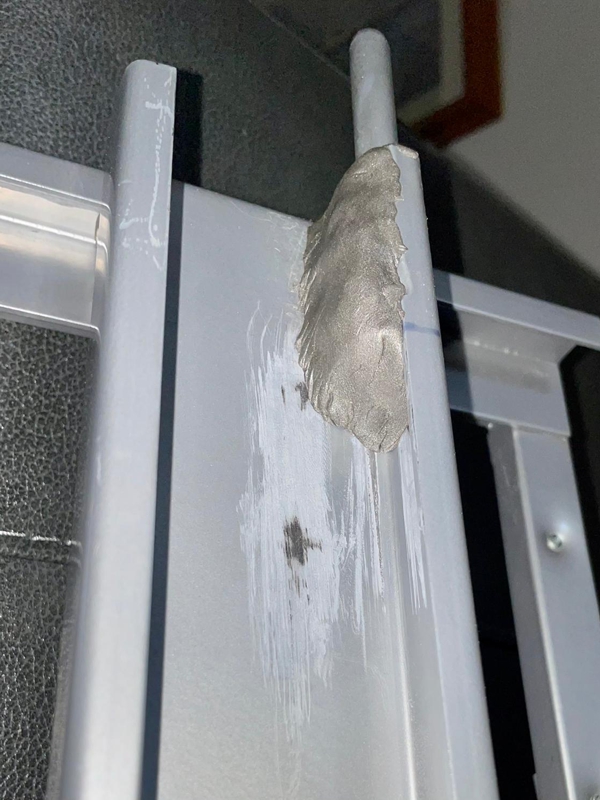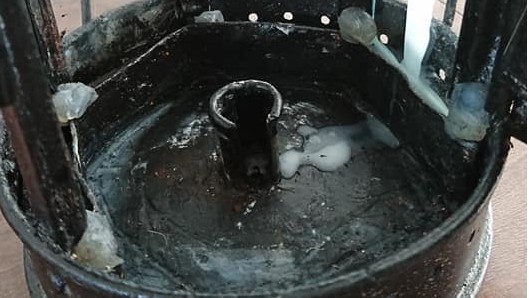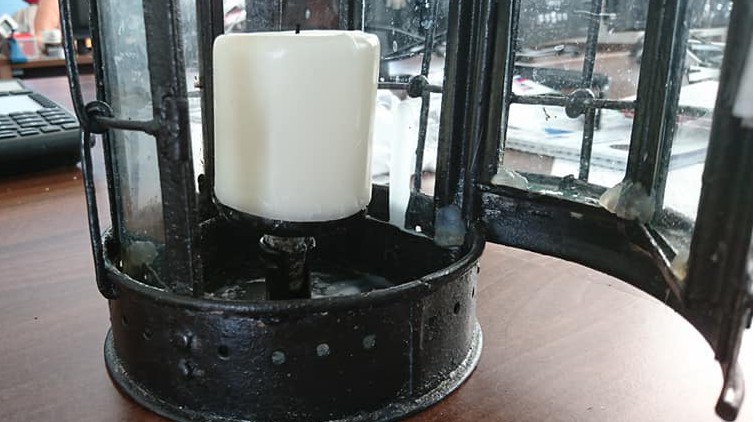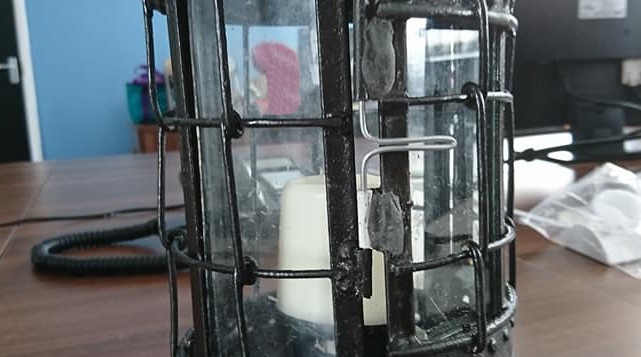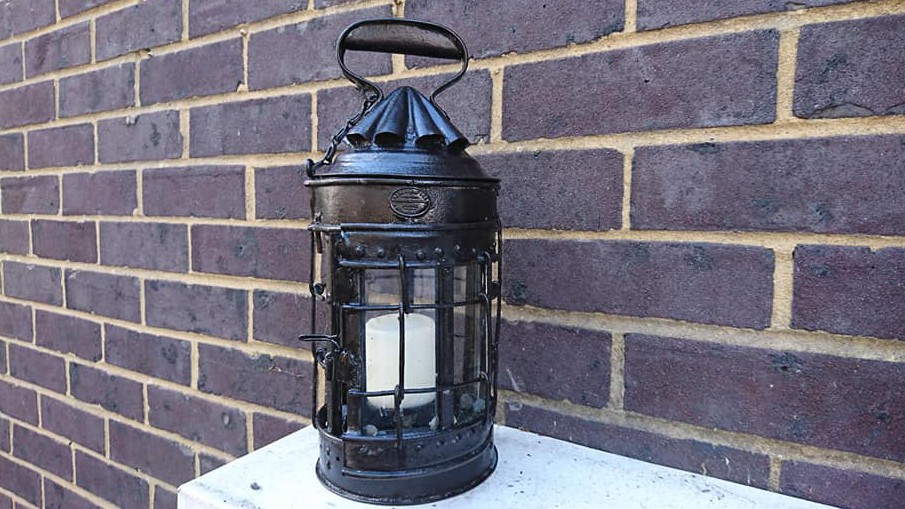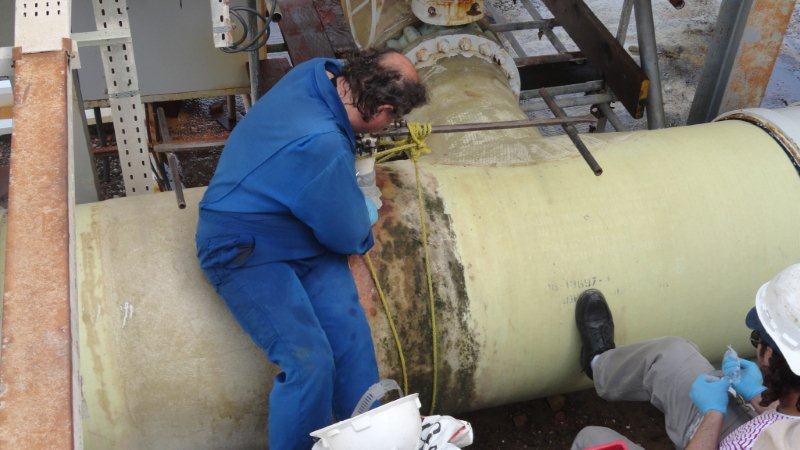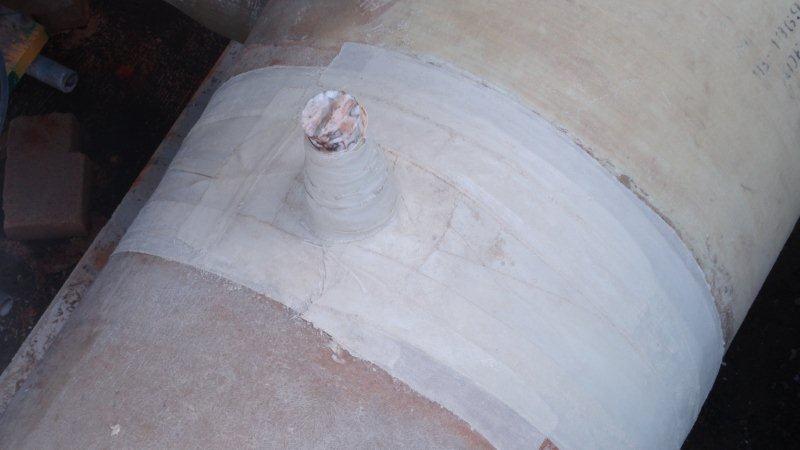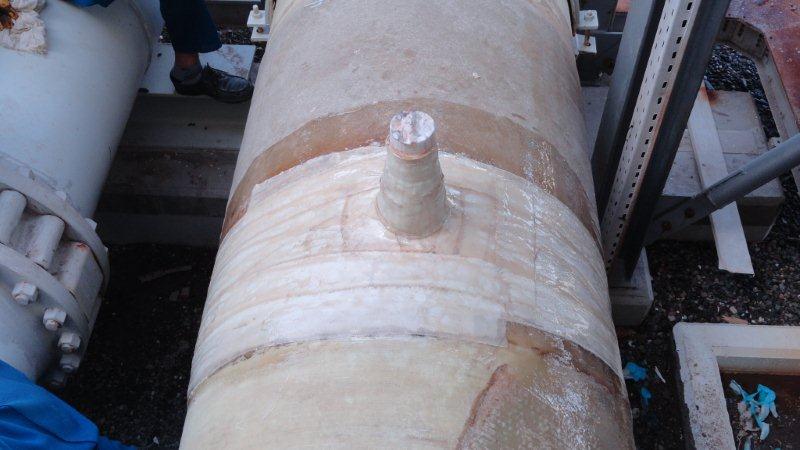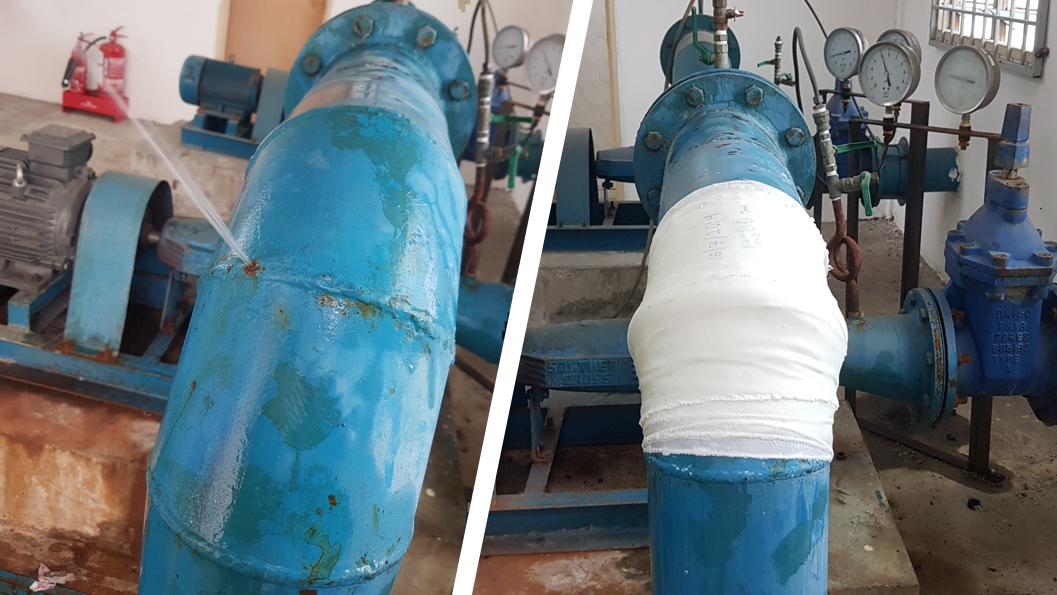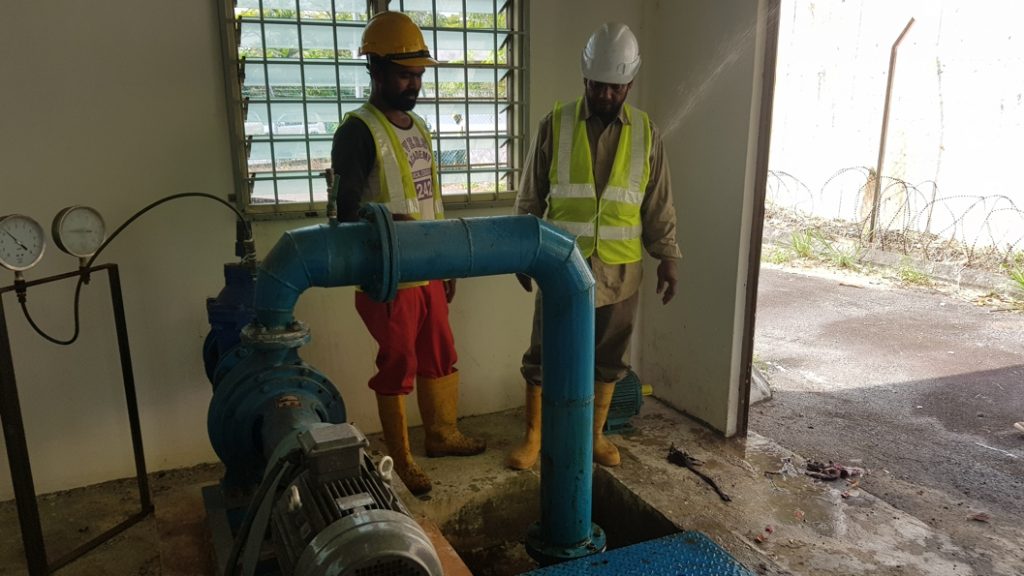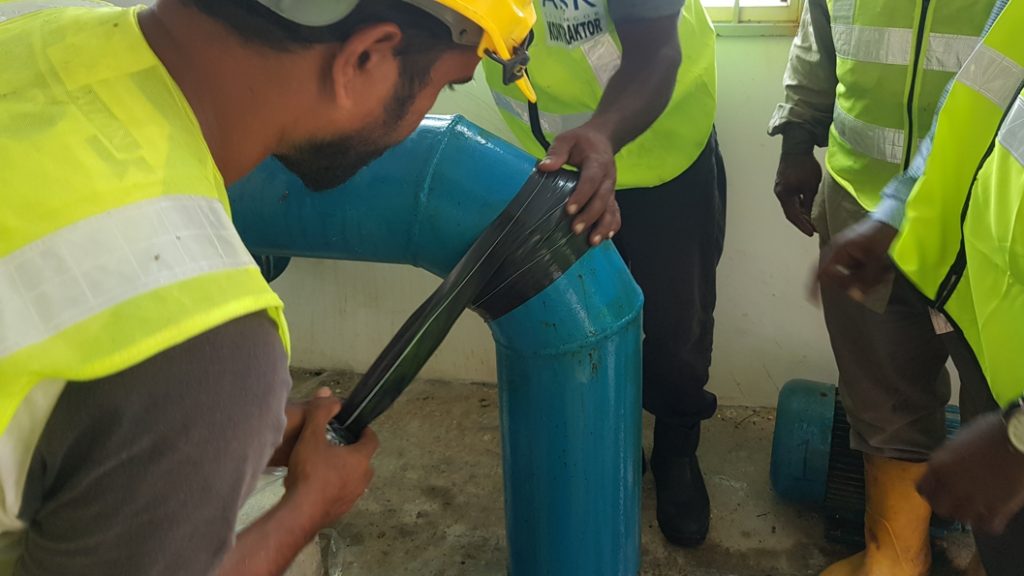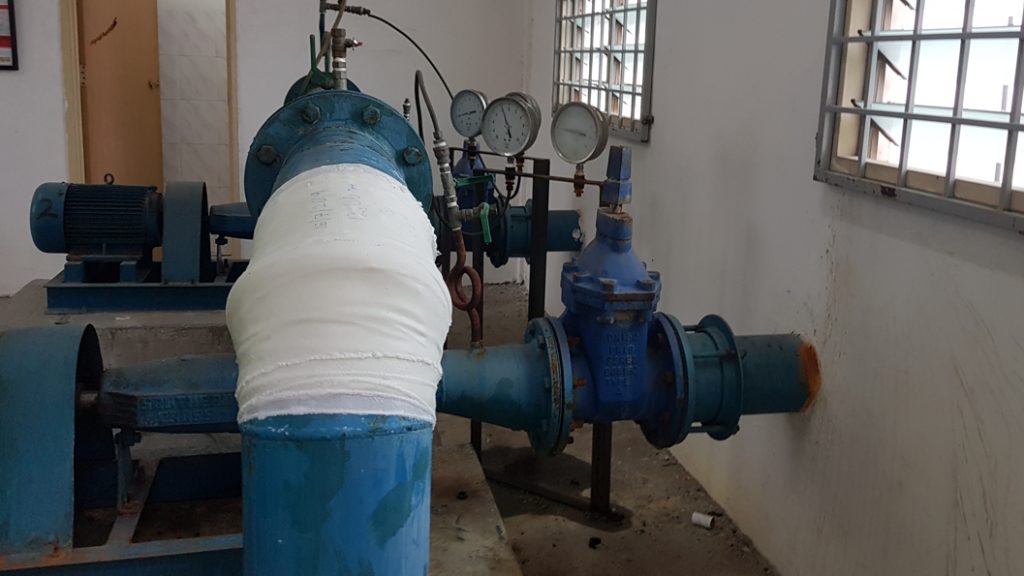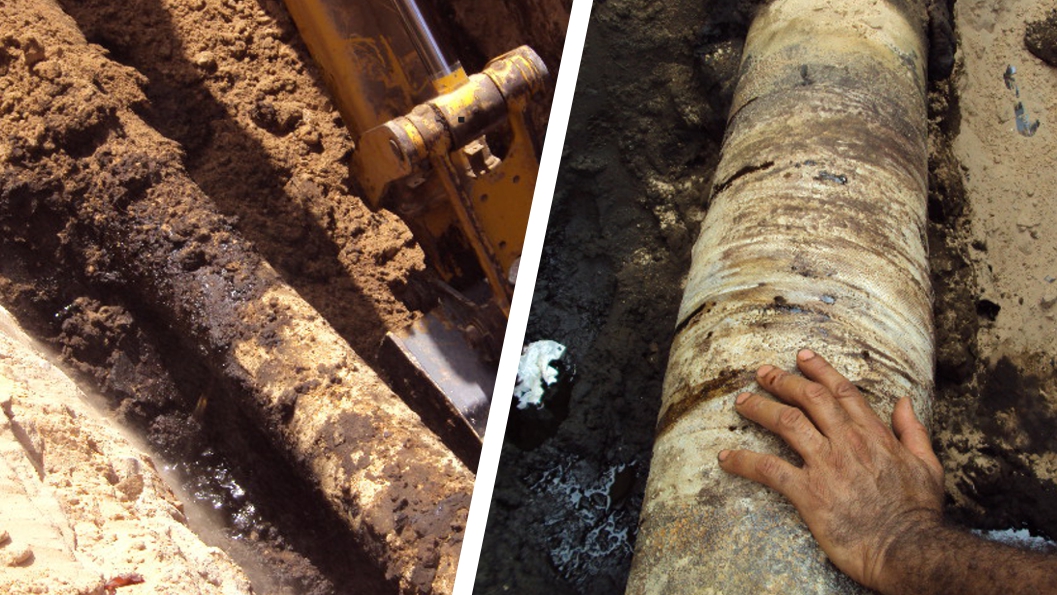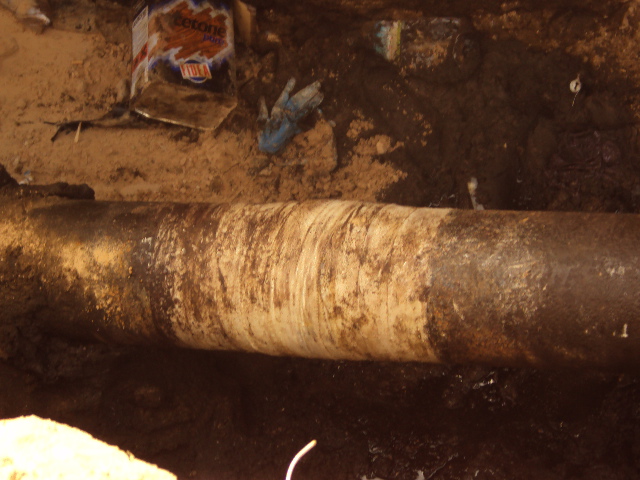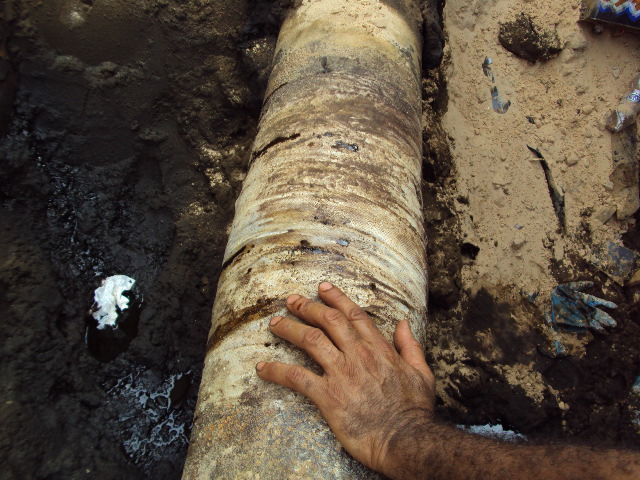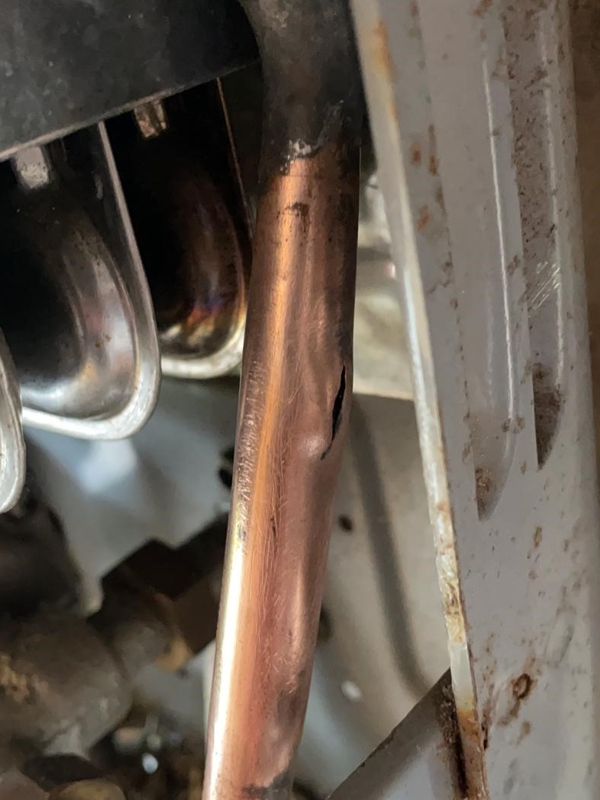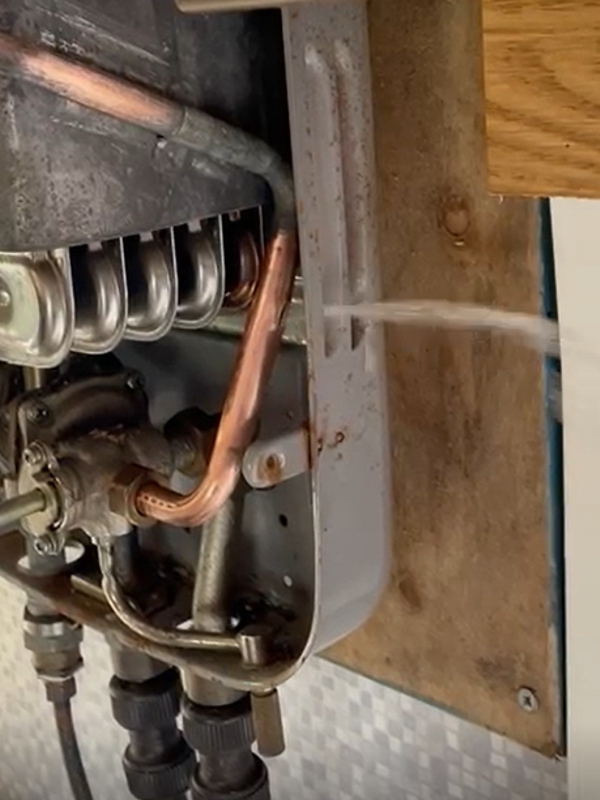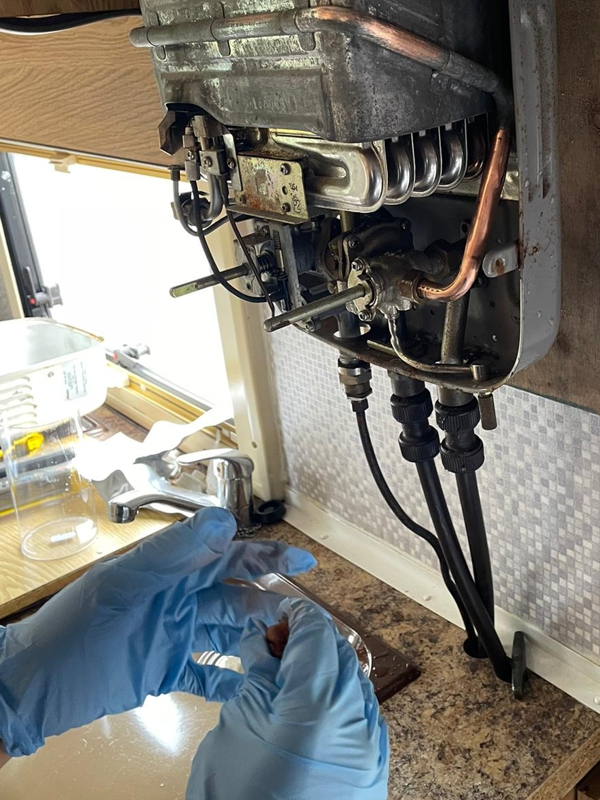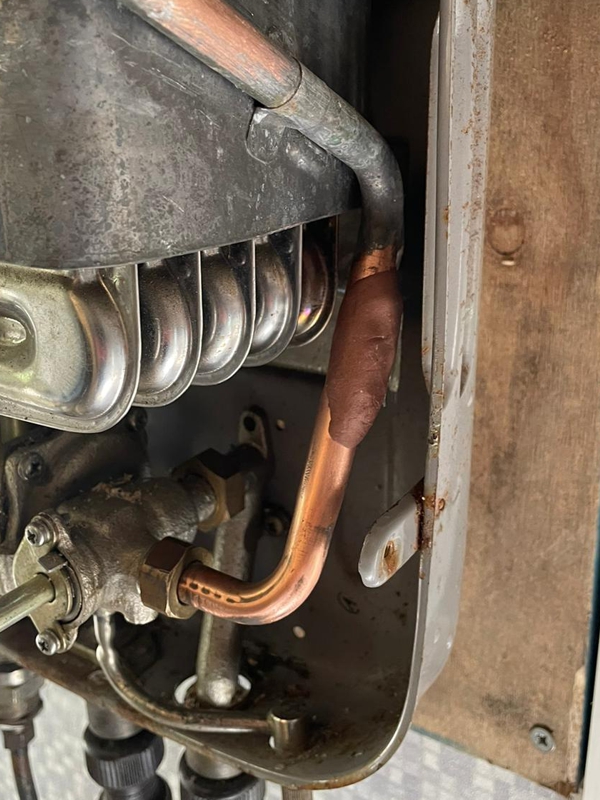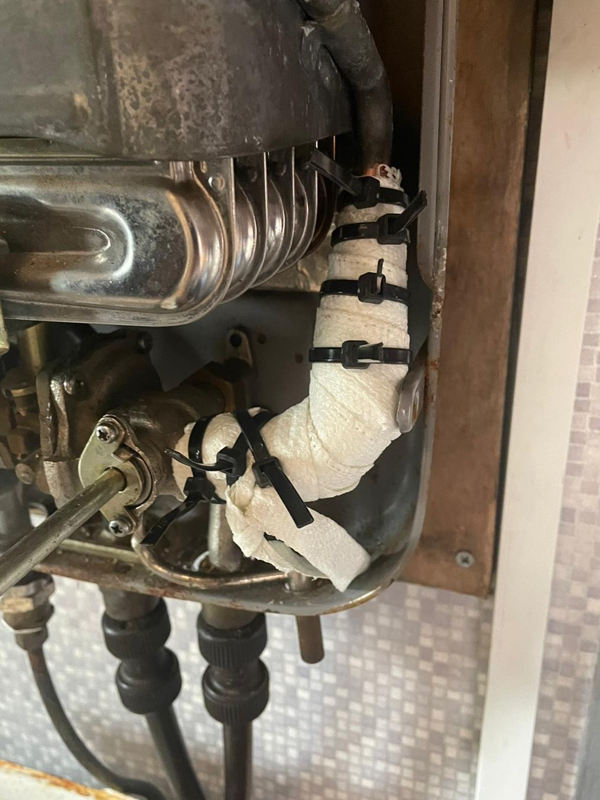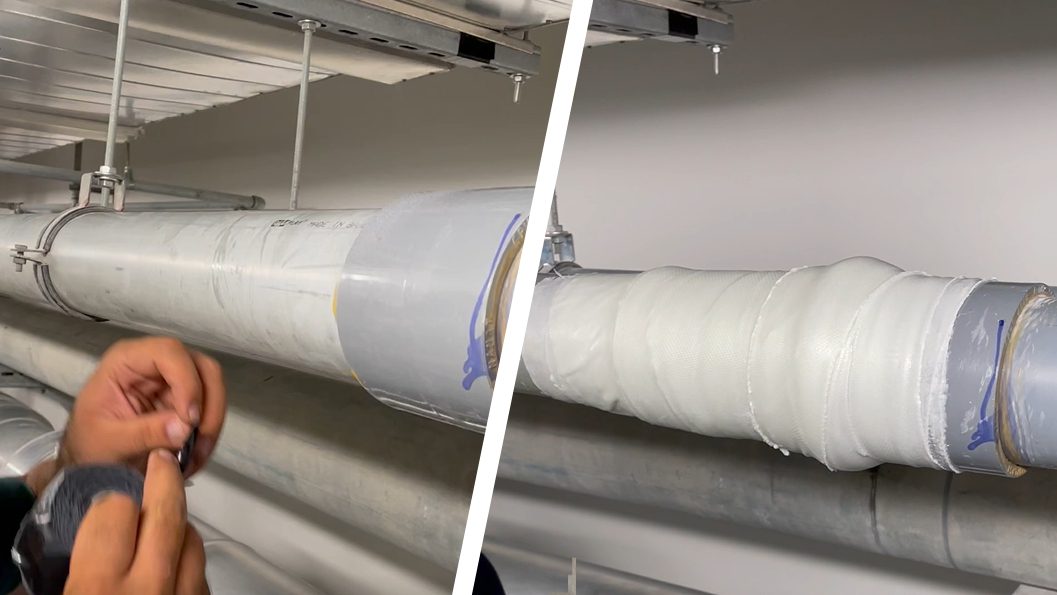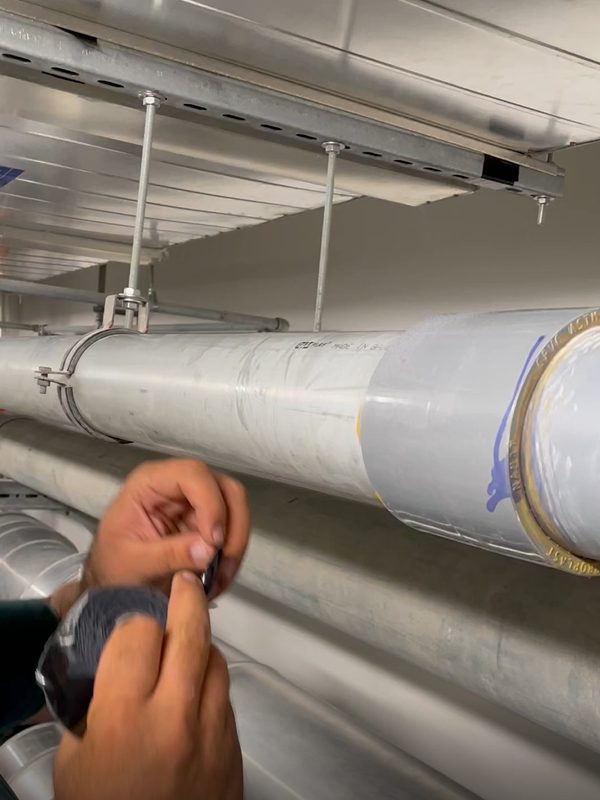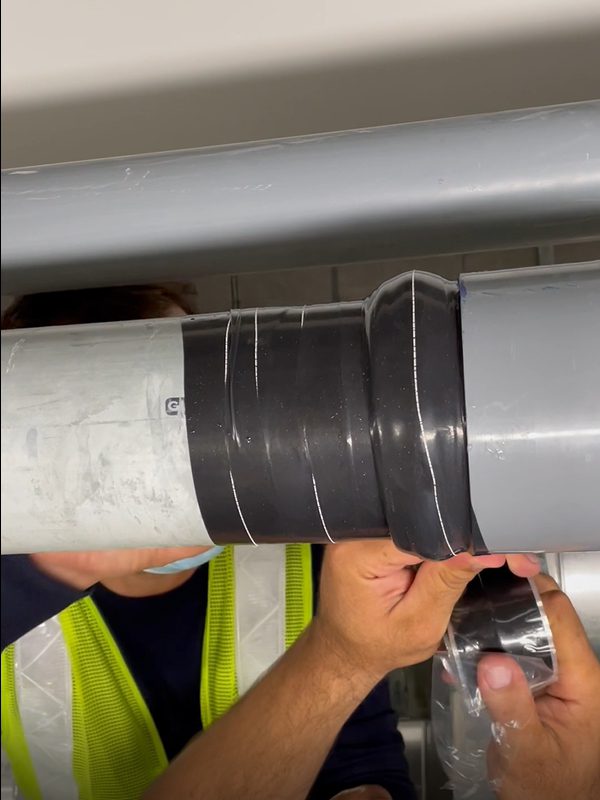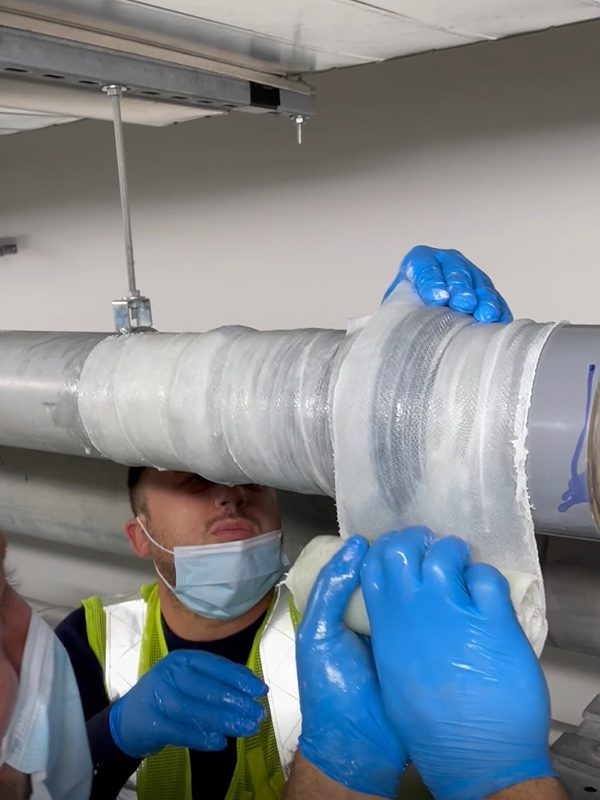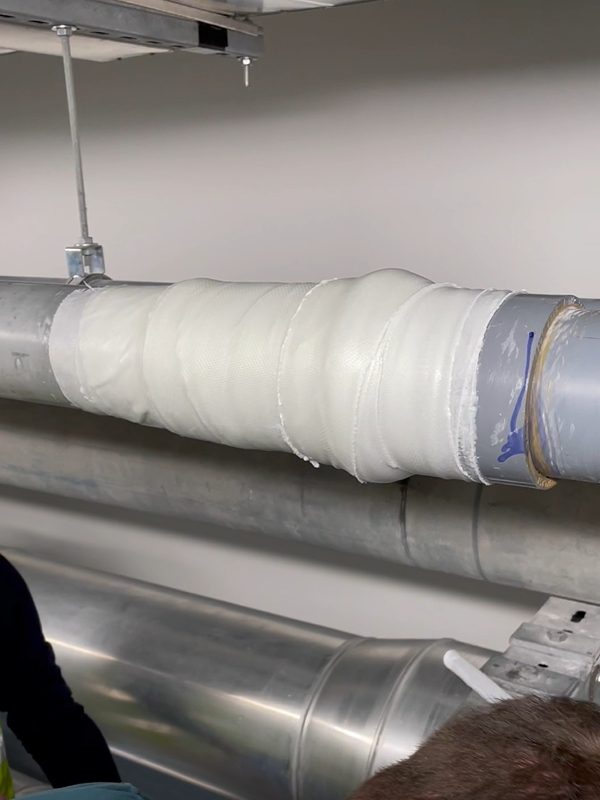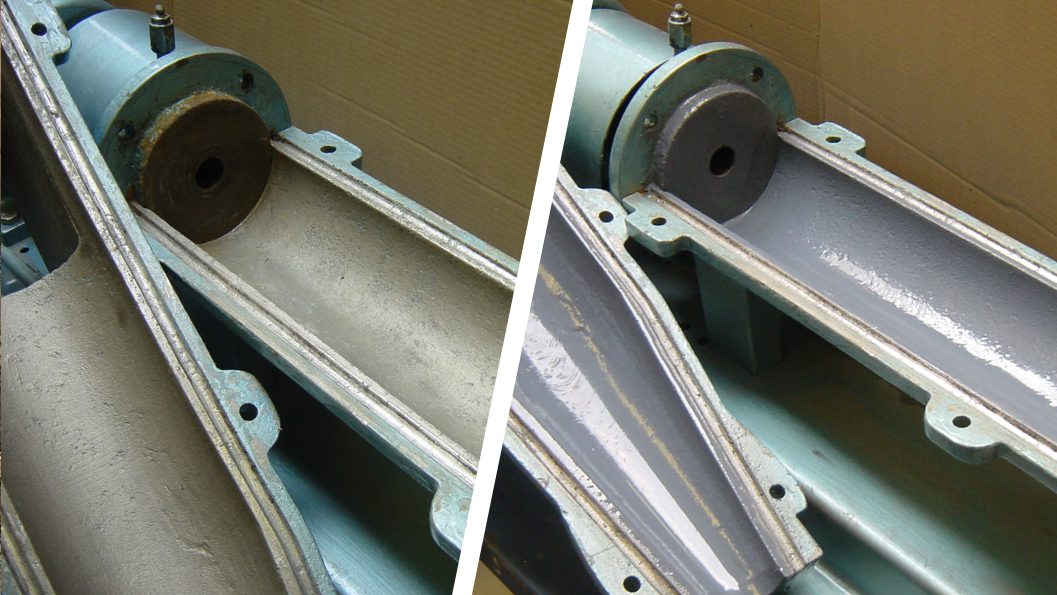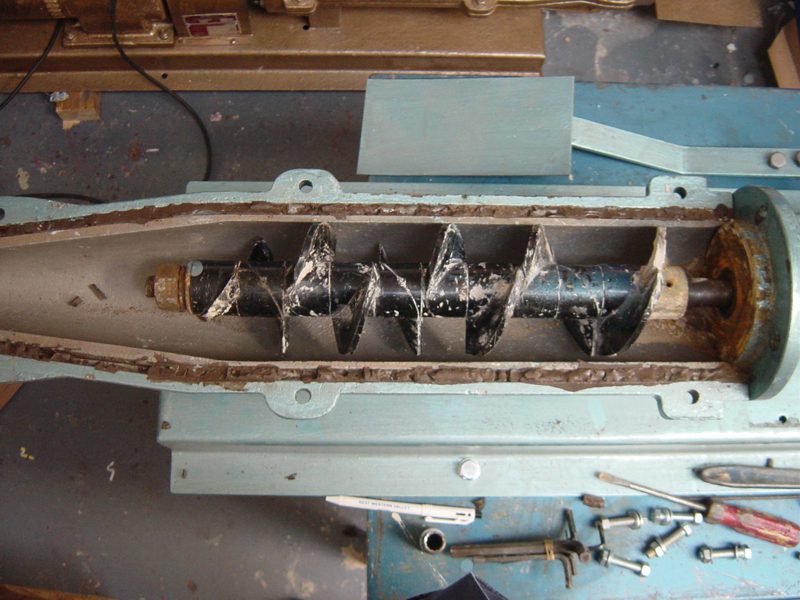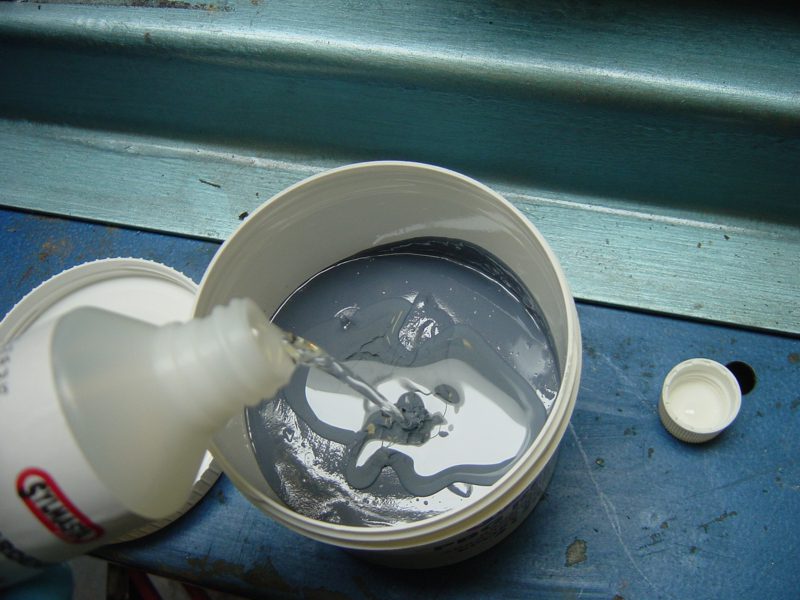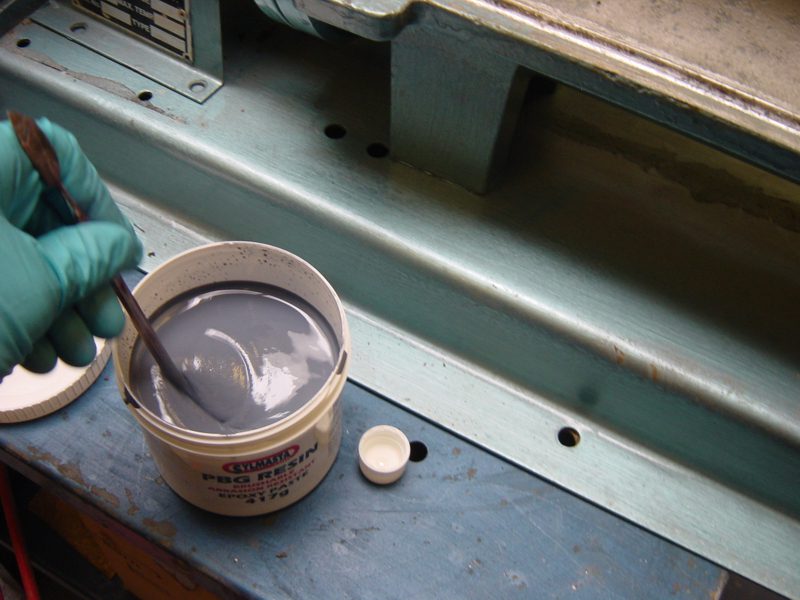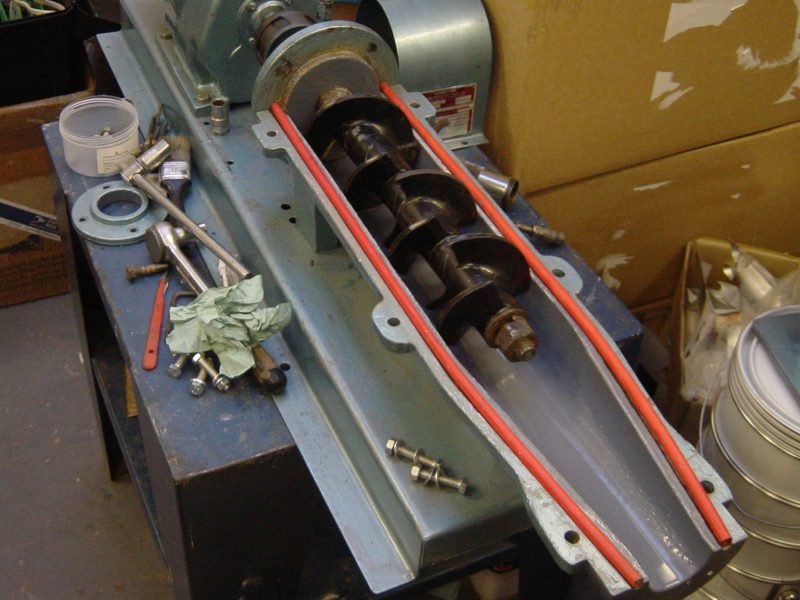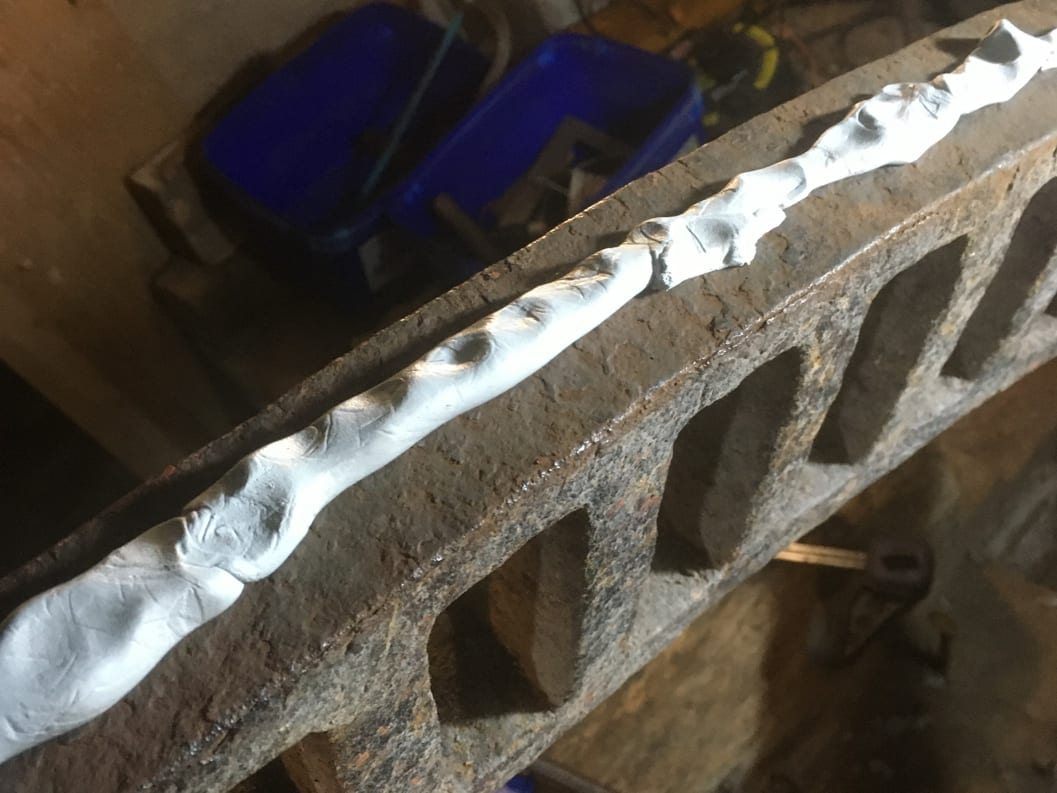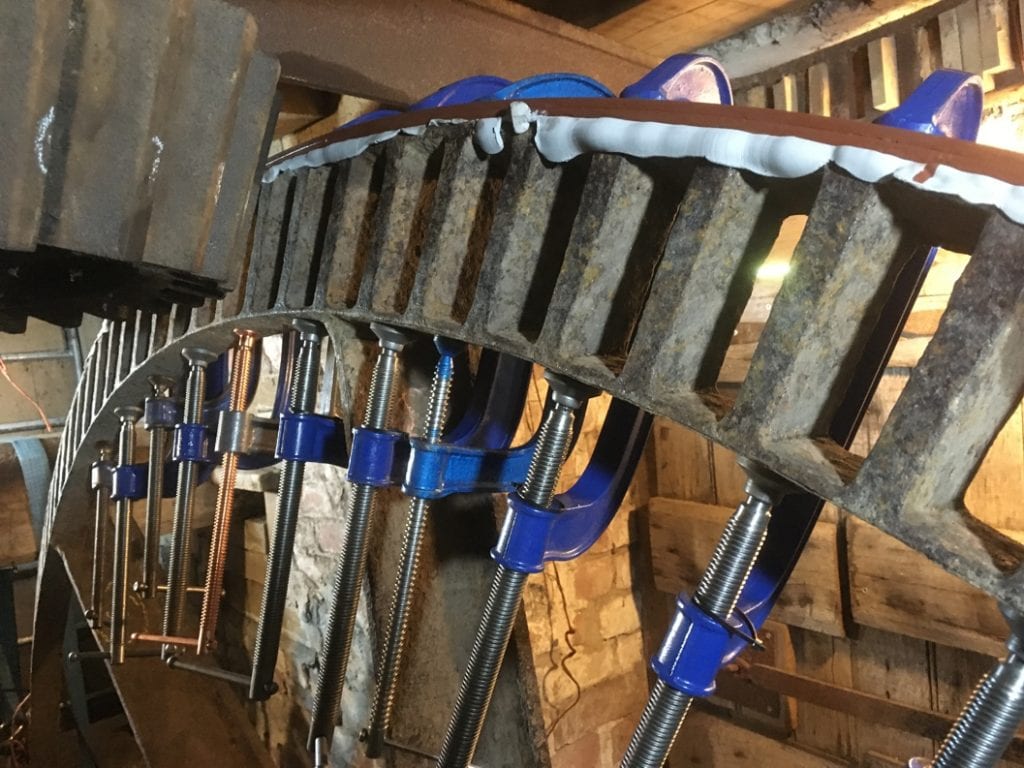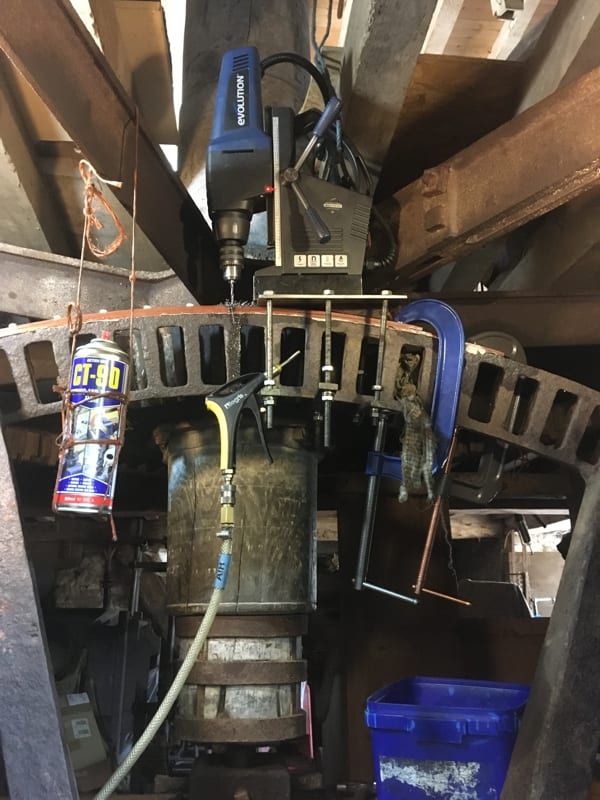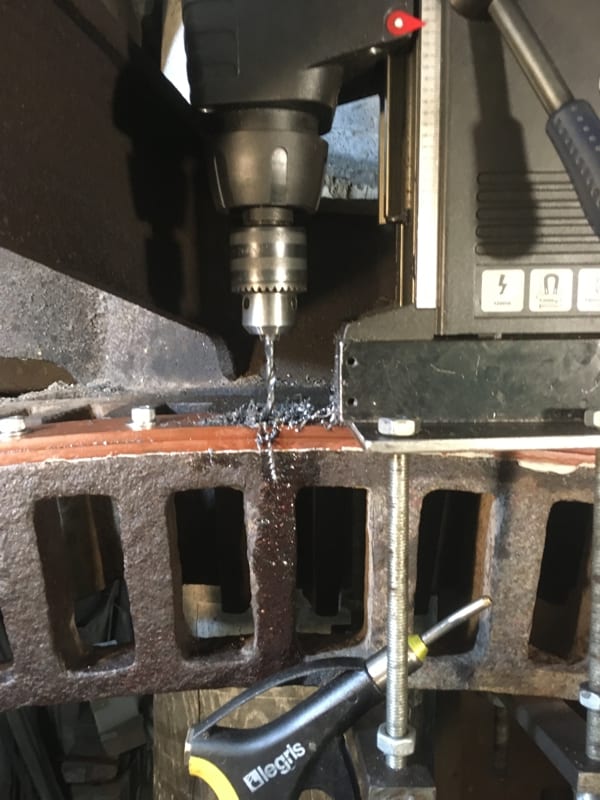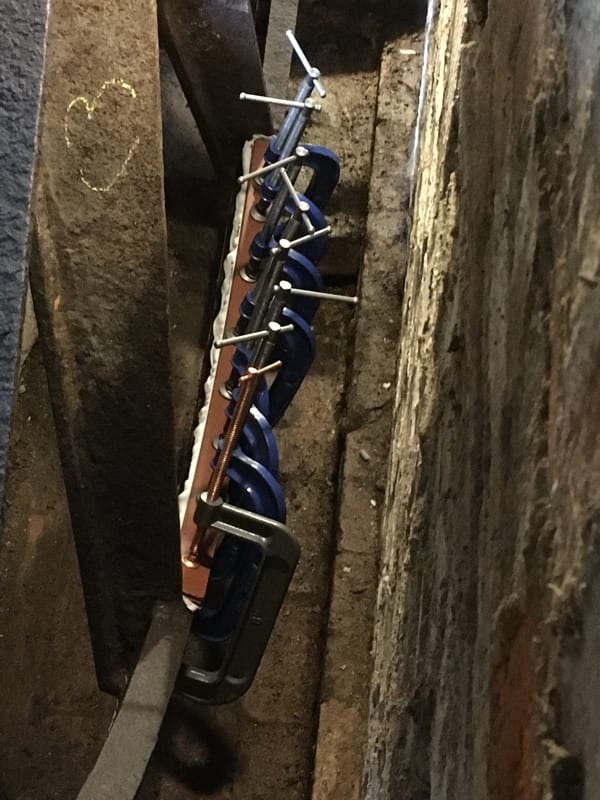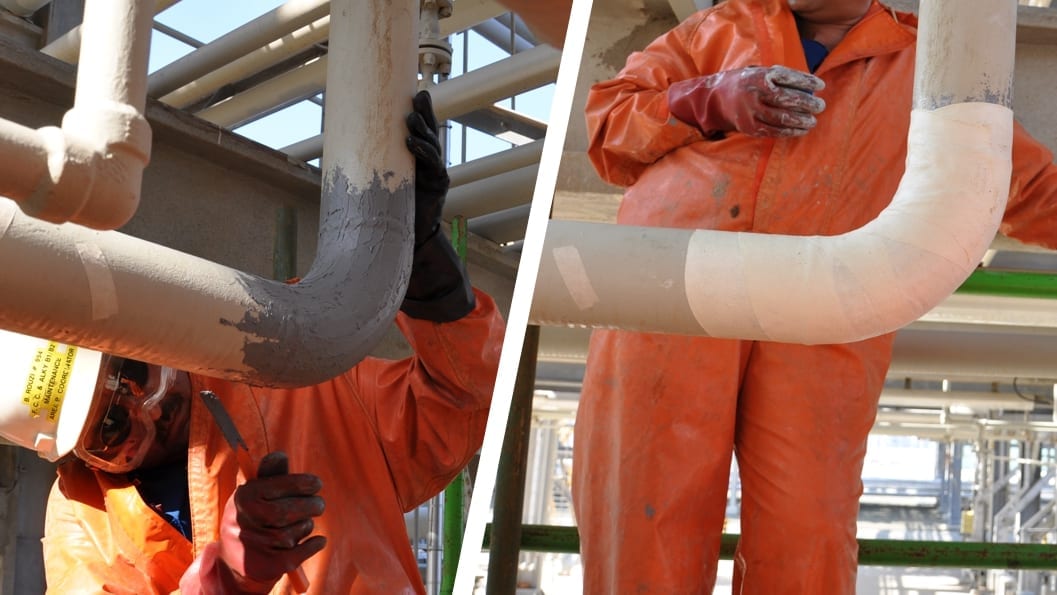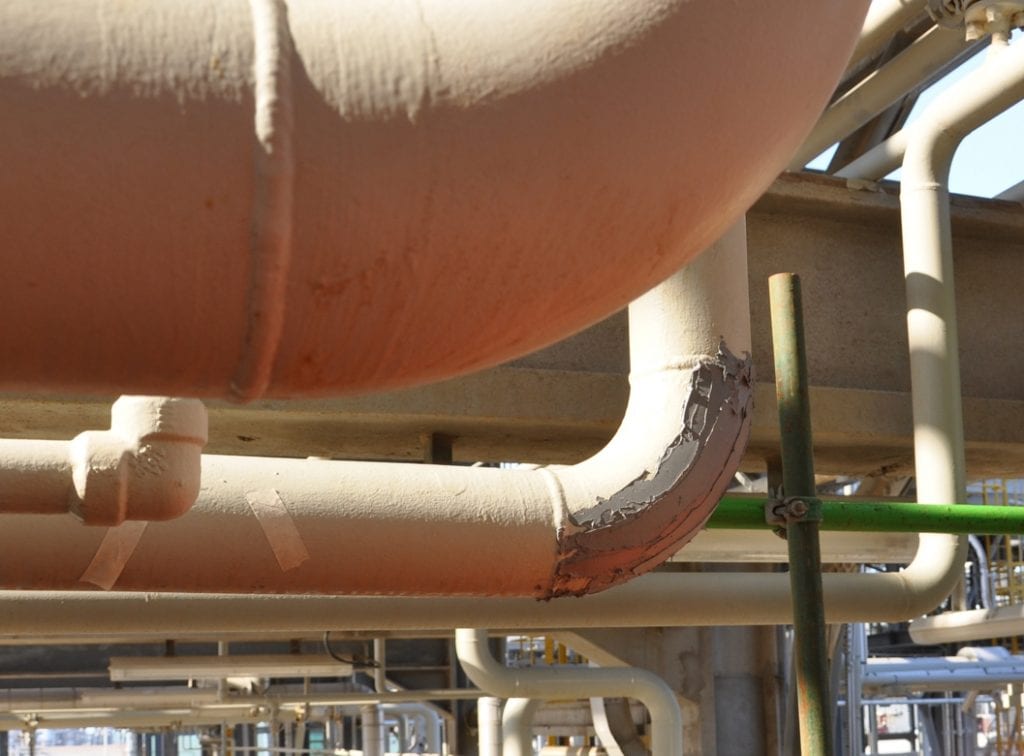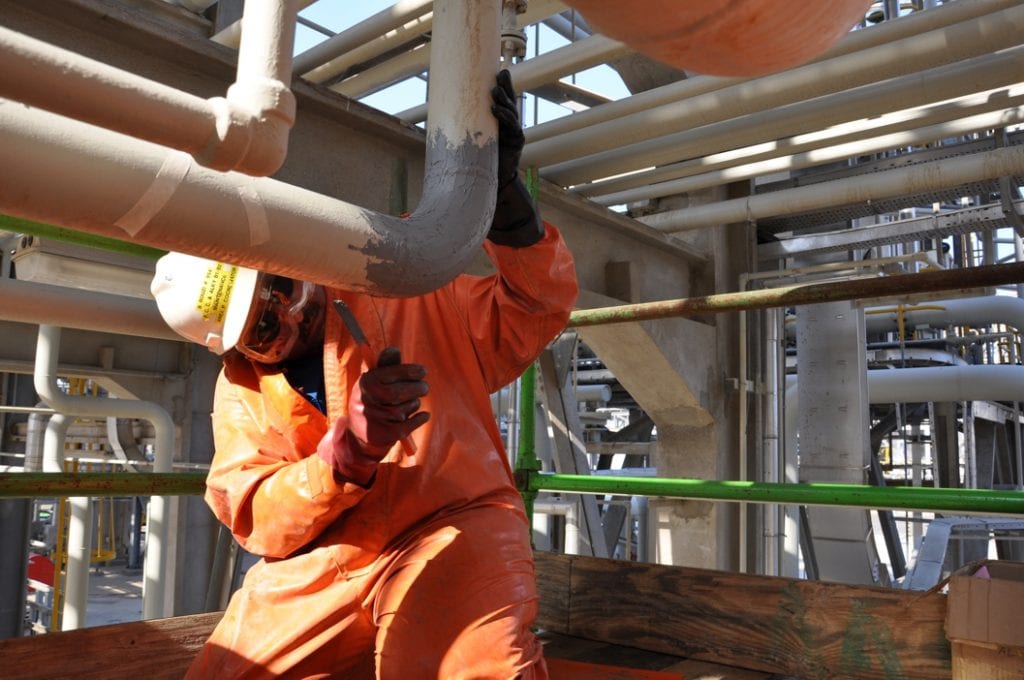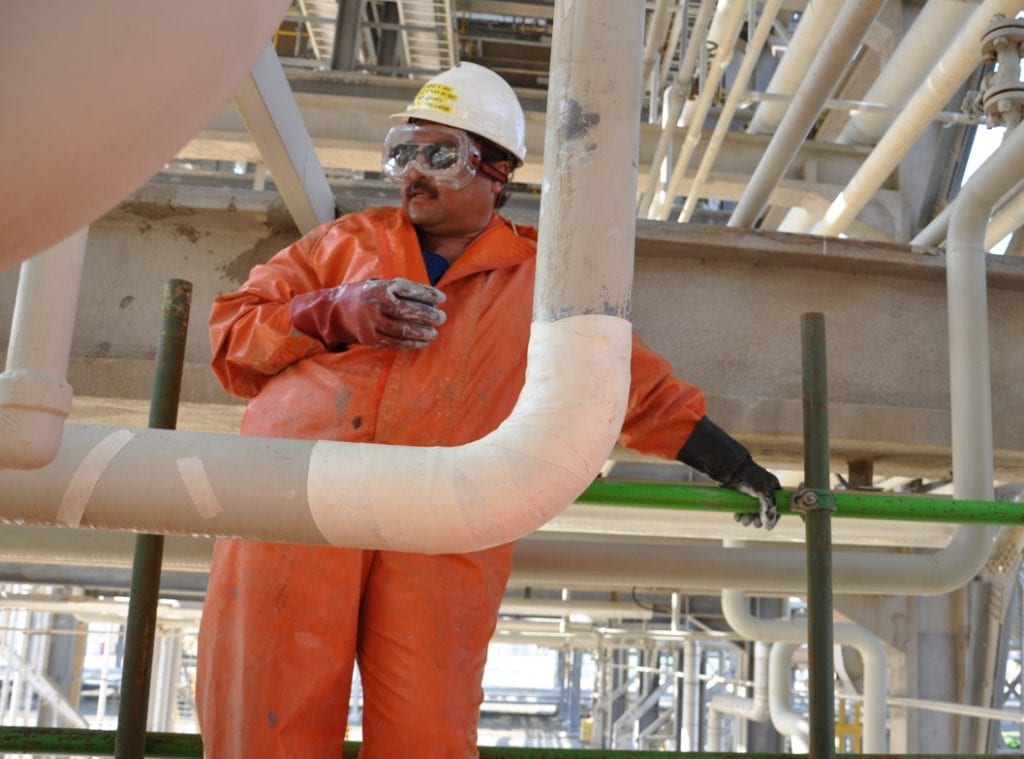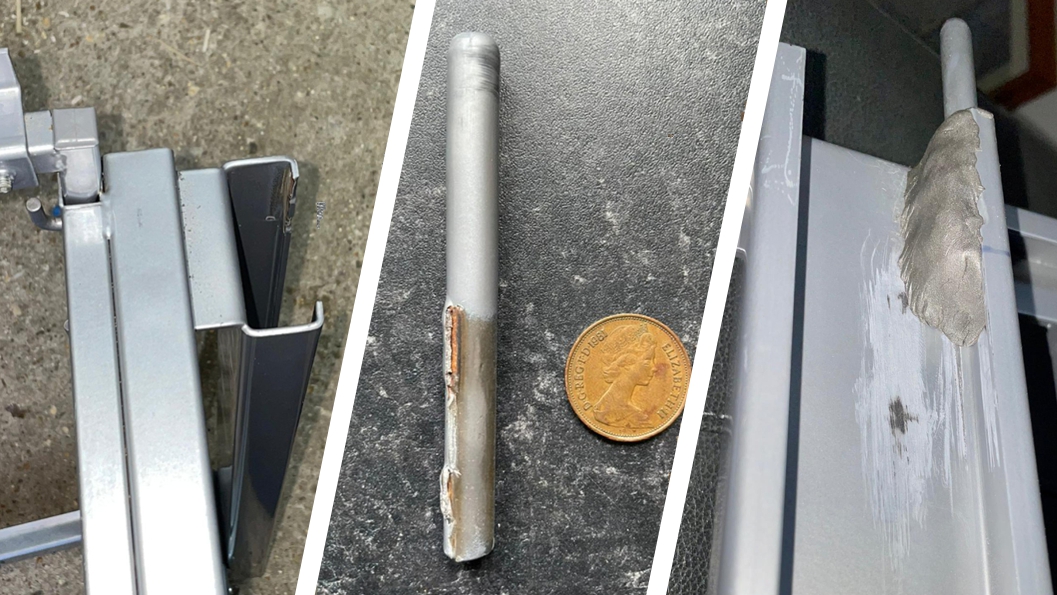
Magic repair of a magic corner – Superfast Steel prevents a broken kitchen unit needing a £290 replacement
When a magic corner unit in a Sylmasta client’s kitchen collapsed, they were left facing the prospect of paying £290 for a replacement – until it was decided to attempt a repair using the high-strength bonding properties of Superfast Steel Epoxy Putty.
Case Study Data
Repair Type
High-strength bonding
Defect
Collapsed magic corner kitchen unit
Products Used
Superfast Steel Epoxy Putty Stick
Epoxy putty used for super-strength adhesion between broken pin and unit which had previously been welded in place
Case Study PDF
Case Study Details
A magic corner kitchen unit makes use of dead space in corner cupboards which are otherwise hard to access. A slide out mechanism attached to a cabinet door allows items to be easily stored and retrieved from blind corners.
There are several reasons why magic corners can break. Wear and tear is one. Frequent opening and closing of the cupboard and stress on the sliding mechanism will take its toll after many years.
Magic corners will often be overloaded in excess of the weight that the manufacturer recommends they carry. Because they are attached to a cupboard door rather than being a part of the actual unit, overloading can lead to units collapsing and subsequent damage to the door itself.
In this case, the magic corner unit was very old. The client also admitted that they may have overloaded it. Eventually, this led to the magic corner collapsing, detaching it from the kitchen cupboard door.
Upon inspecting the broken corner, the problem was discovered to have been caused by a vital pin on which the mechanism pivoted, breaking away from the frame and causing the detachment.
A replacement magic corner would have cost £290 and required some advanced DIY skills to fit. After consulting Sylmasta to see if a repair was possible, it was decided to attempt to fix the magic corner kitchen unit using Superfast Steel Epoxy Putty.
Superfast Steel is used for filling holes and cracks, restoring surface profile, fabricating new parts and for high-strength bonding between materials. For this particular application, it was Superfast Steel’s adhesive properties that were required.
To use Superfast Steel, the required amount is cut from the 114g stick and kneaded by hand. This causes a chemical reaction to take place between the resin and hardener contained within the stick, and within 10 minute the soft material will have cured into one as hard as steel.
The damaged pin was around 100mm in length and had been welded to the magic corner prior to the collapse. The pin was to be reattached to the unit using Superfast Steel, which would provide a bond as strong as the previous welding.
Completing the reattachment took less than 30 minutes. Within an hour, the putty had fully hardened. The magic corner could be filled with kitchen items again – although the client was careful not to overload it this time.
One Superfast Steel Stick was all that was required for the application . At an outlay of only £10.08 plus postage, the repair represented a huge saving compared to the cost of replacing the magic corner.
If you have an application you would like to enquire about, then please get in touch
Call: +44 (0)1444 831 459
Email: sales@sylmasta.com



